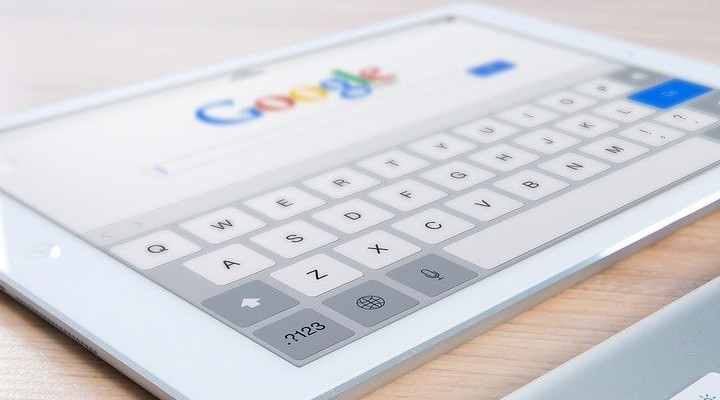Google and Apple came together in April and developed tech that will help governments around the world to reduce the coronavirus spread. It is called the Covid-19 exposure notification or Covid-19 contact tracing tech. After months of hard work, the technology is now ready and is available on iOS and Android.
What is this tech all about?
This new tech is available as an Application Programming Interface (API) for Android and iOS Smartphones. The tech is smart enough to let the Smartphones log other devices they come in the vicinity of and enables “contact tracing” of the disease. It can’t function on its own and needs a supplementary app to work.
How does this contact tracing API work?
A public health app needs to use the API developed by Google and Apple for the technology to function. The app sends and receives data from nearby devices and keeps a record of people one may have come in contact with and their Covid-19 status. The app updates all the data on cloud. It regularly runs scans to check and notify people if they have unknowingly come in contact with any Covid-19 positive person. Health agencies are also notified so that the person can be tested and the spread of the disease can be curbed.
Why doesn’t it work in India?
Unfortunately, the Aarogya Setu App doesn’t use Apple-Google API. It needs a device’s location access and Bluetooth access to be able to function. The problem is that the Apple-Google API doesn’t give permission to public-health apps to access location data and that’s why it can’t be used by the Aarogya Setu app.
Apps built on Apple-Google API use only Bluetooth while the Aarogya Setu App needs location access too in order to collect information. If we compare the two, the Aarogya Setu collects more data in terms of location and numbers. It also stores data on the user’s phone, uploading it under certain circumstances. However, the Apple-Google API uses DP-3T (Decentralized Privacy-Preserving Proximity Tracing) protocol. This assigns randomised and anonymous unique IDs. Since these IDs change often, the tech can pick up data of corona positive people without any disclosure of identity or location.
We would’ve been happy to explore the two together but due to limitations in tech compatibility, it seems like we won’t be able to use the new Google-Apple API in Arogya Setup for now.
